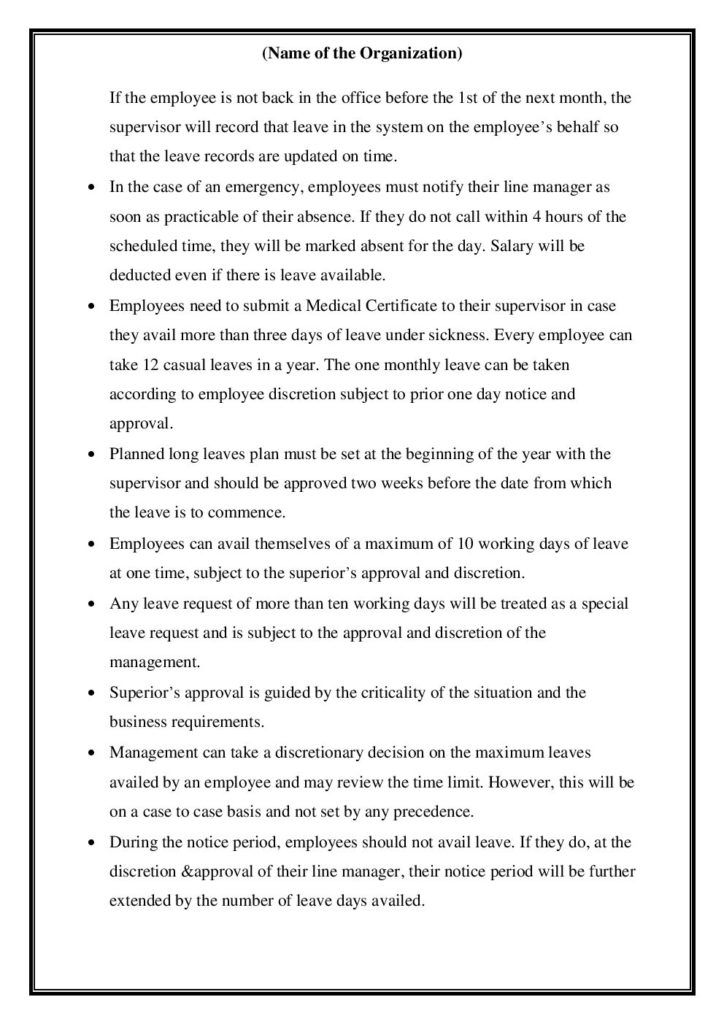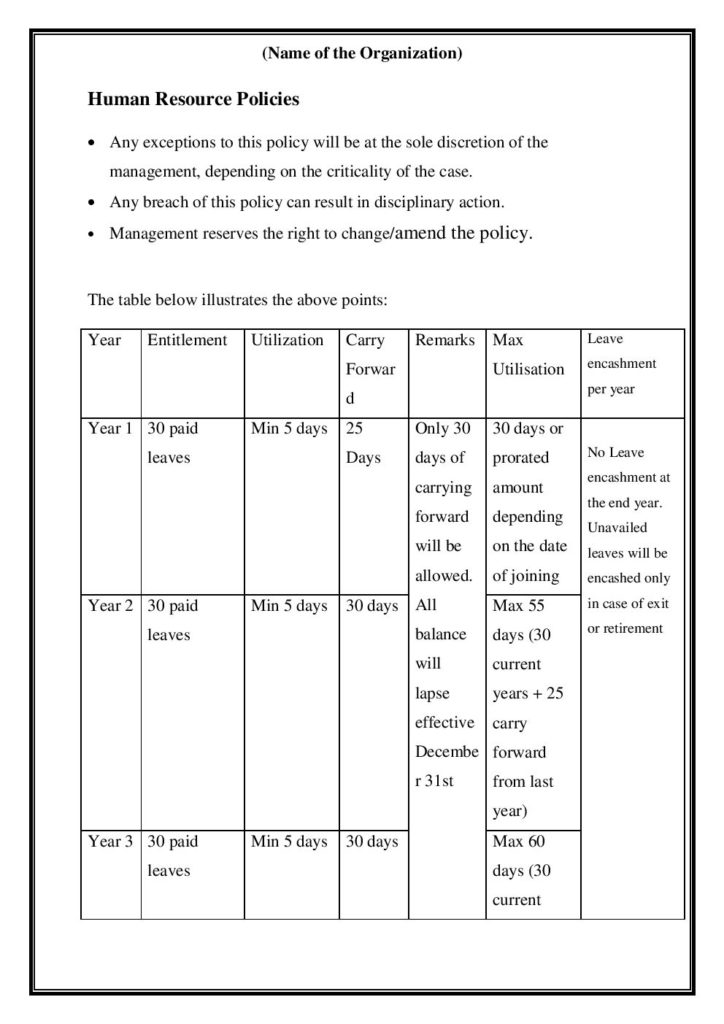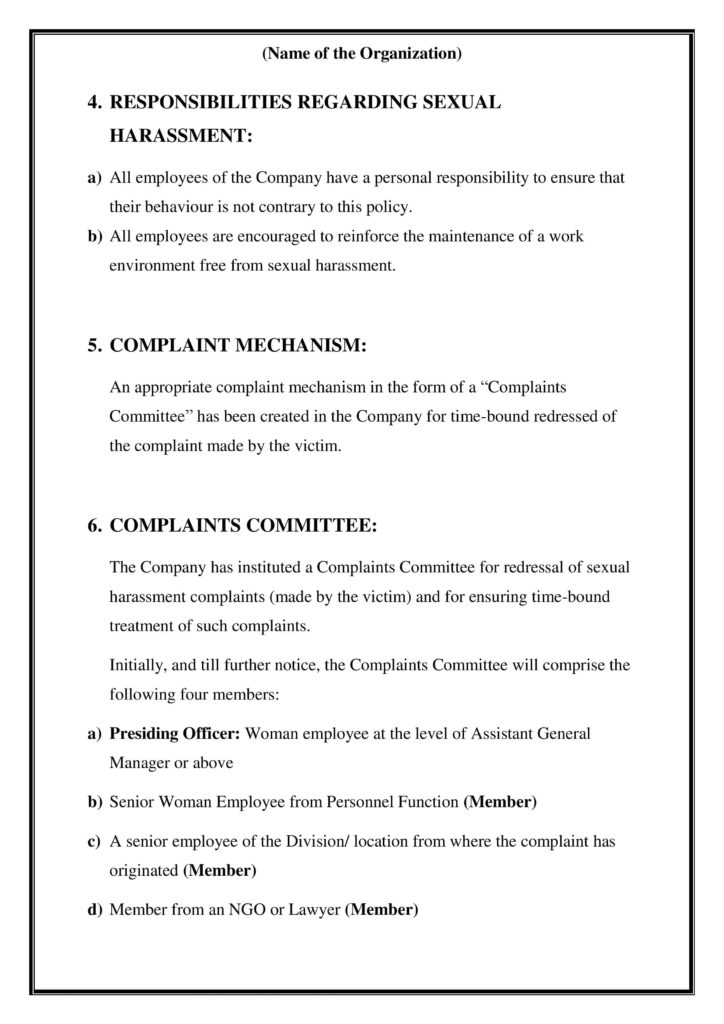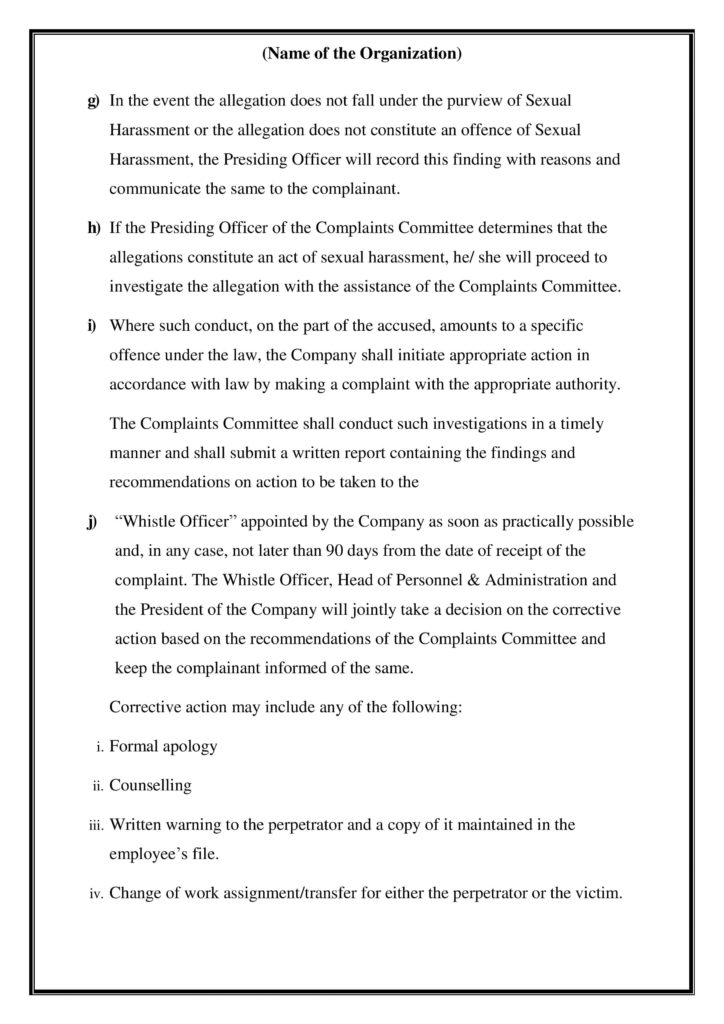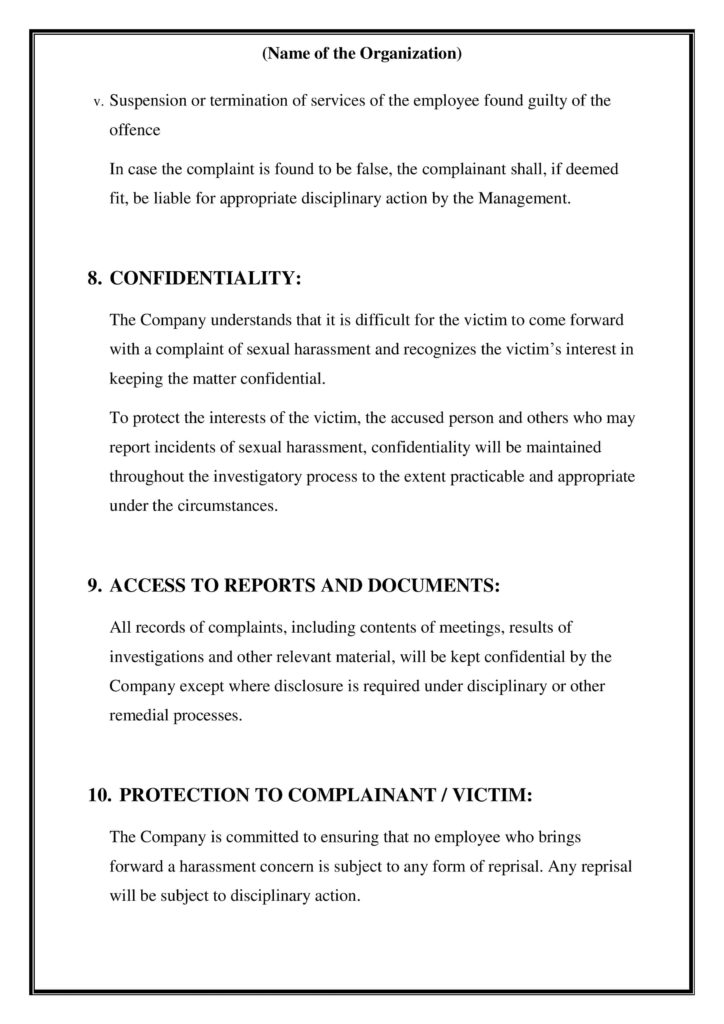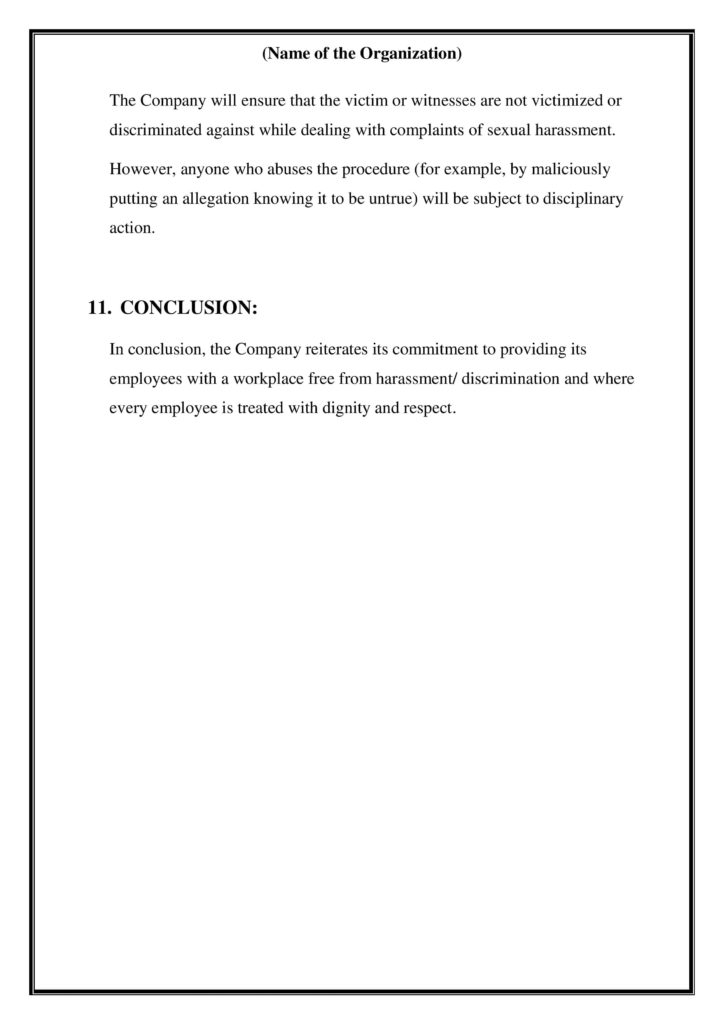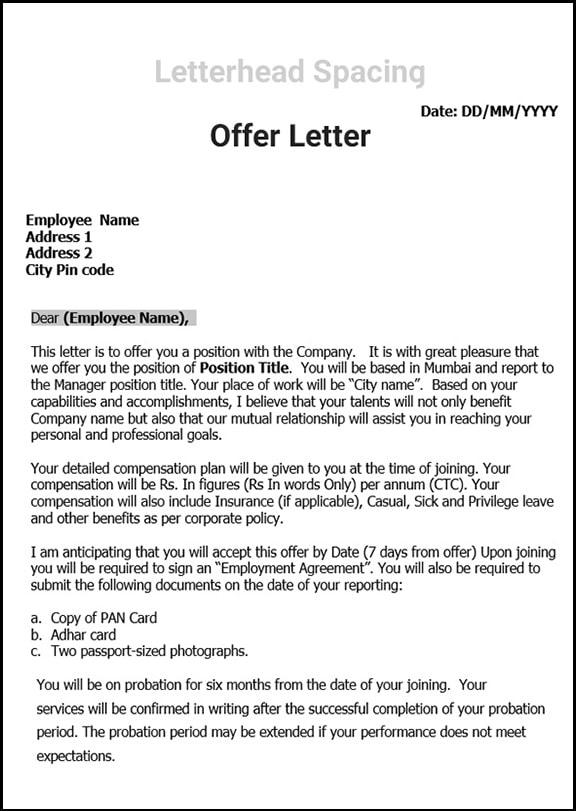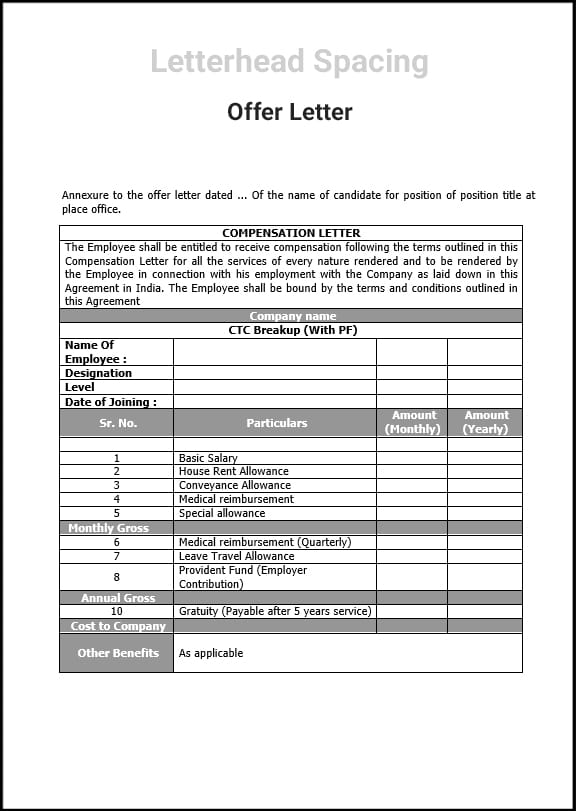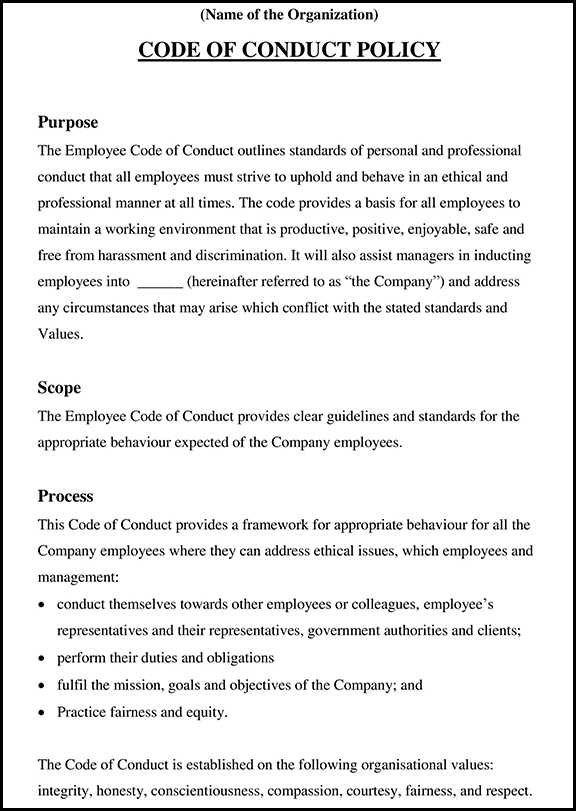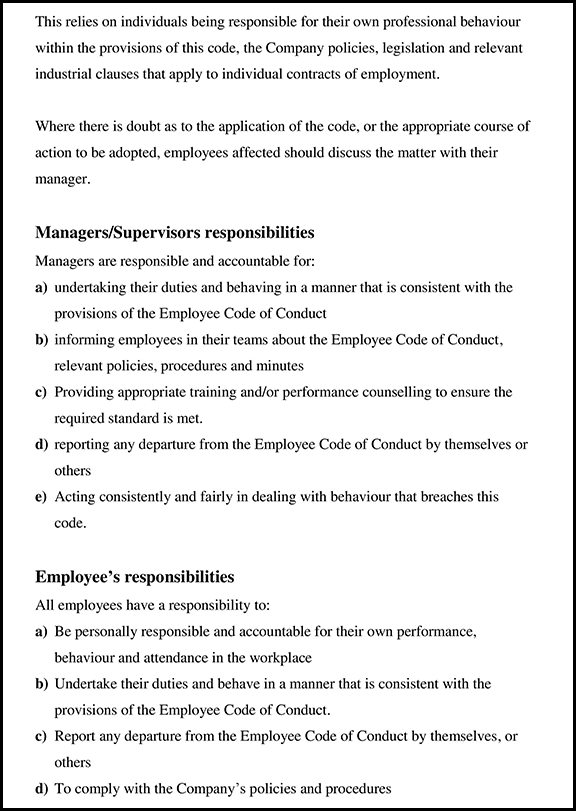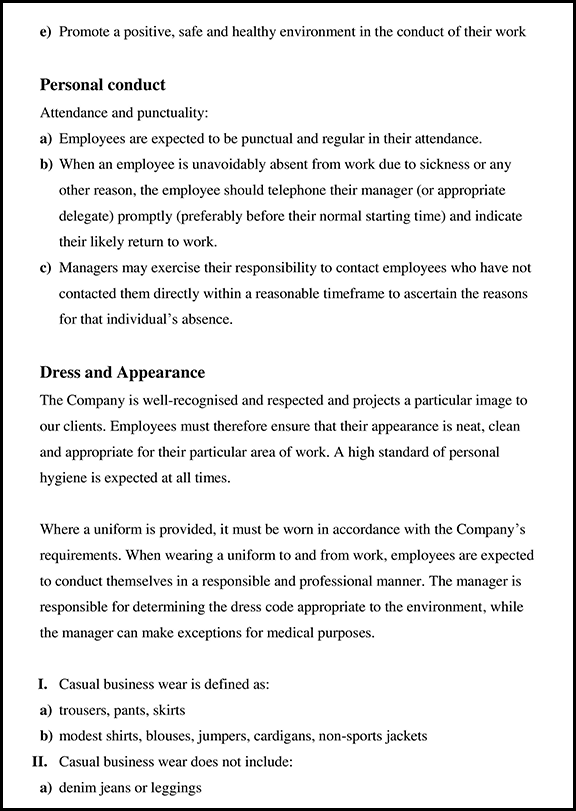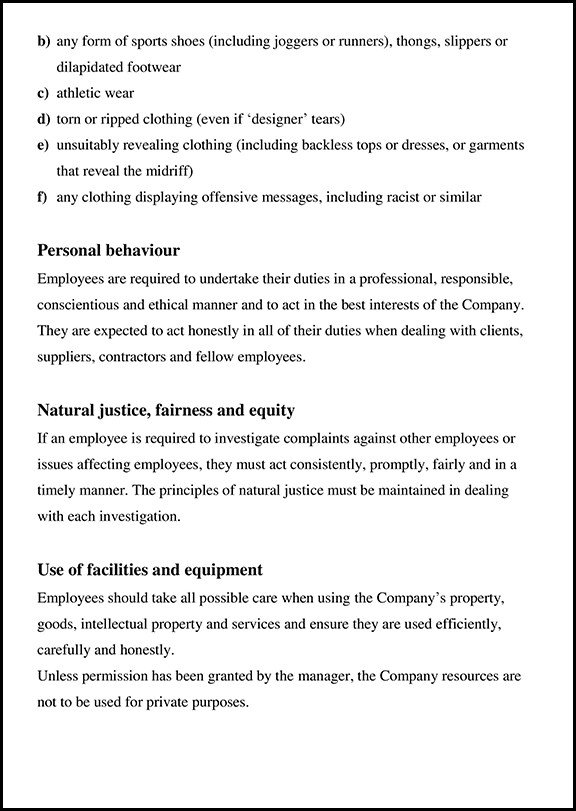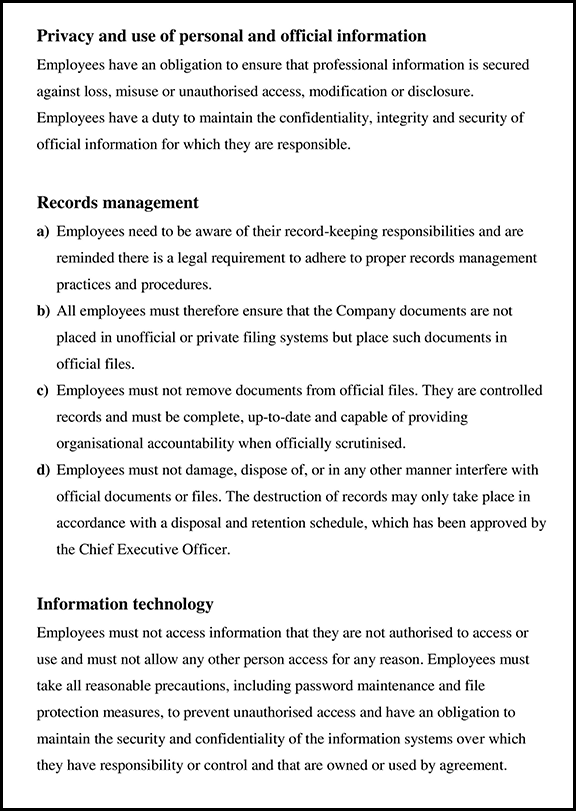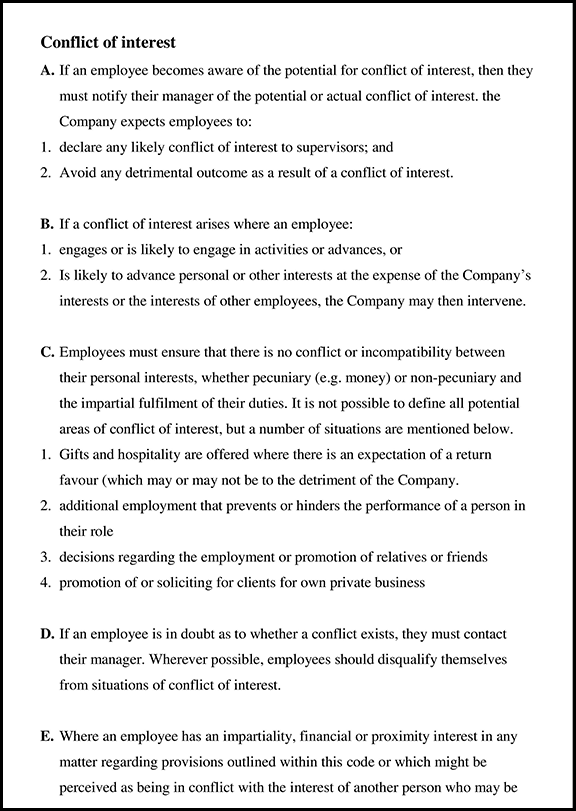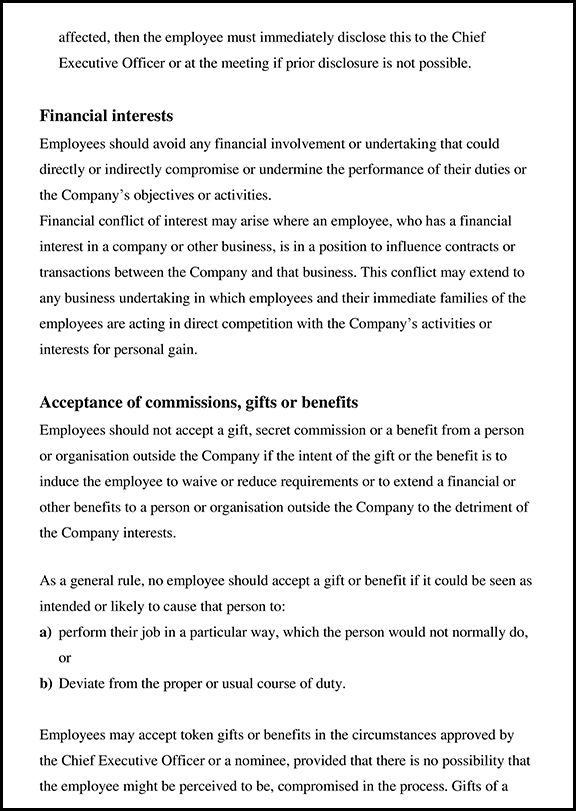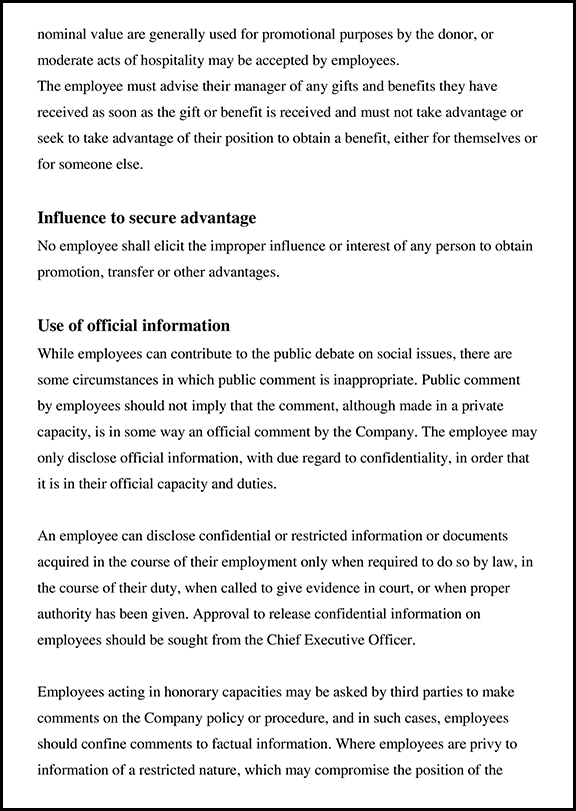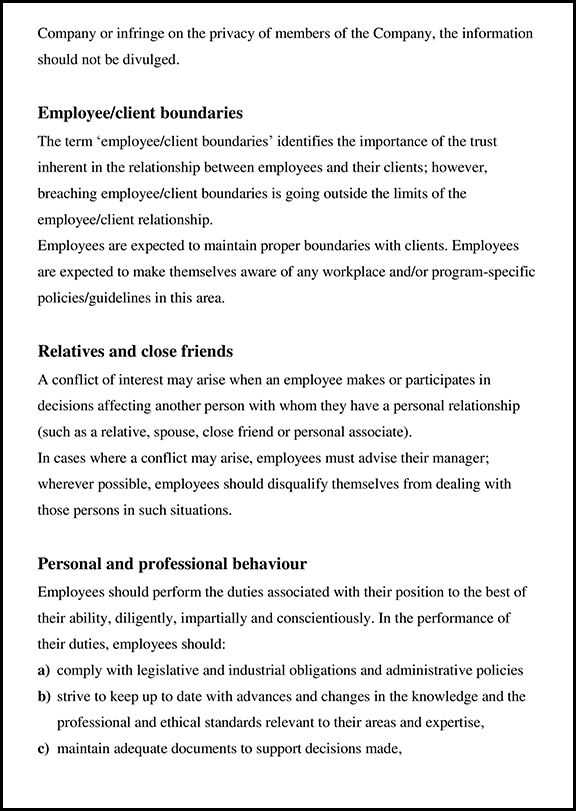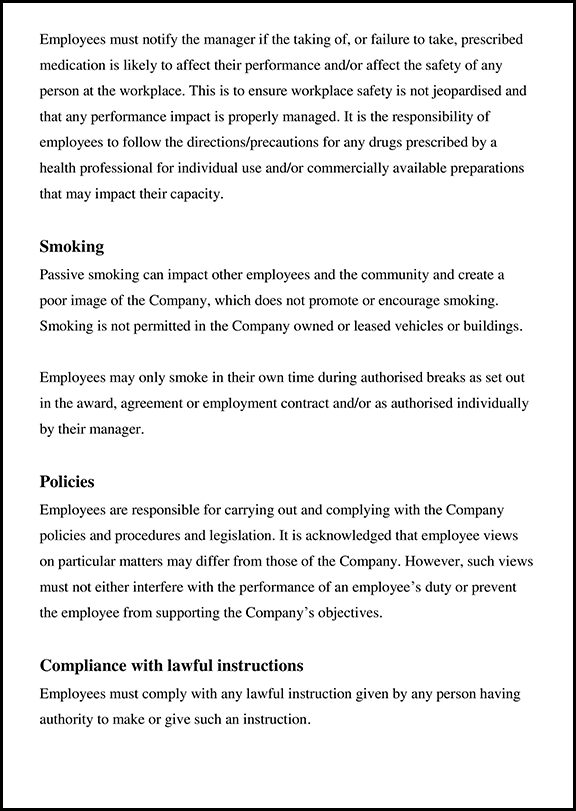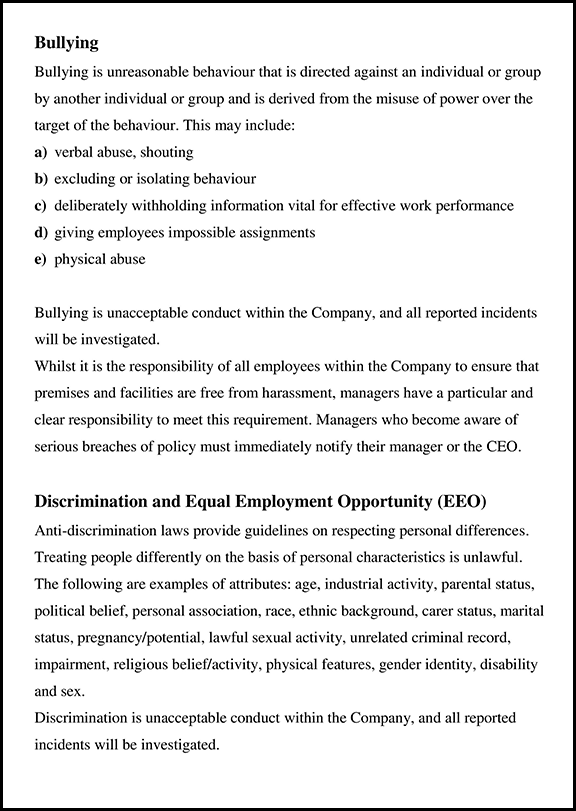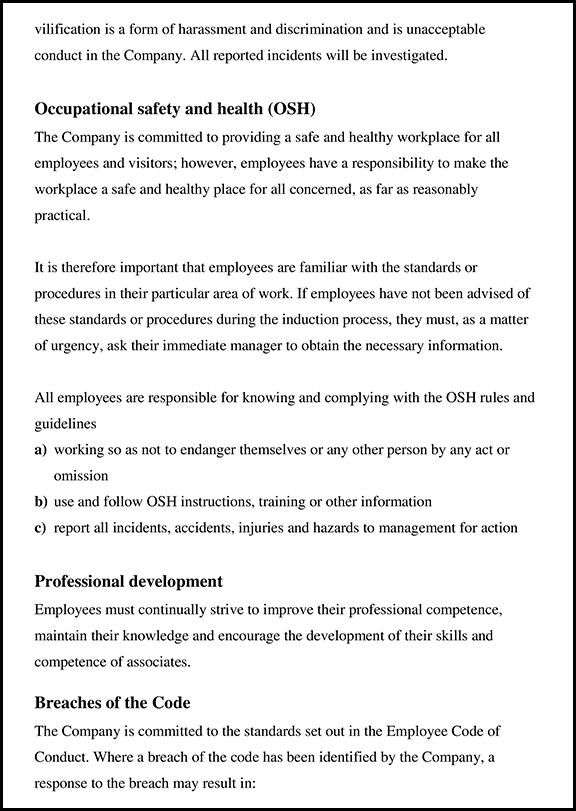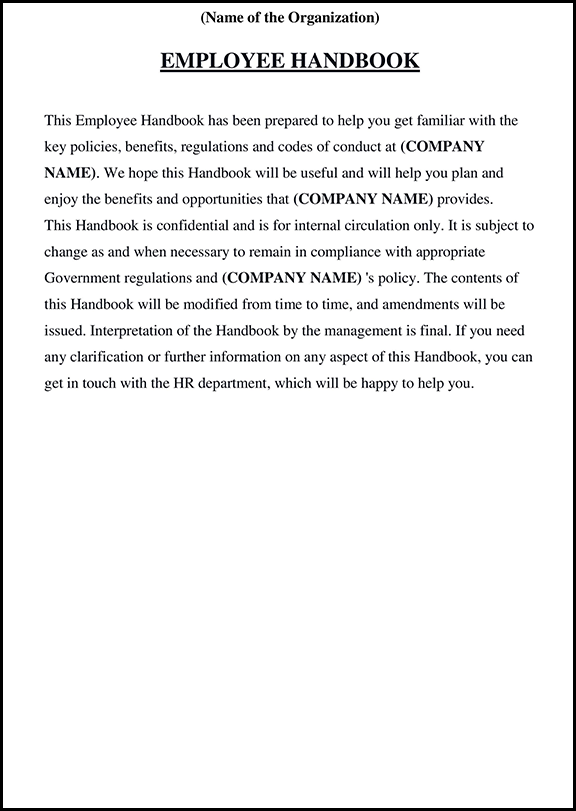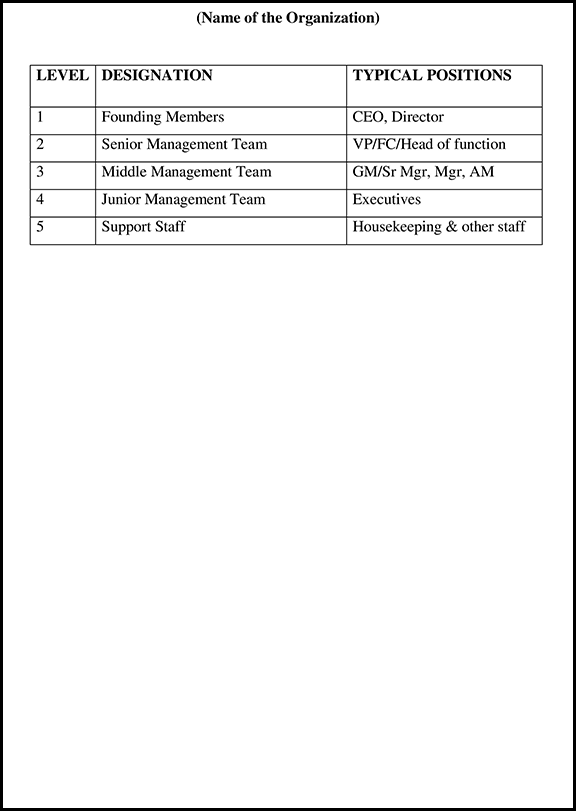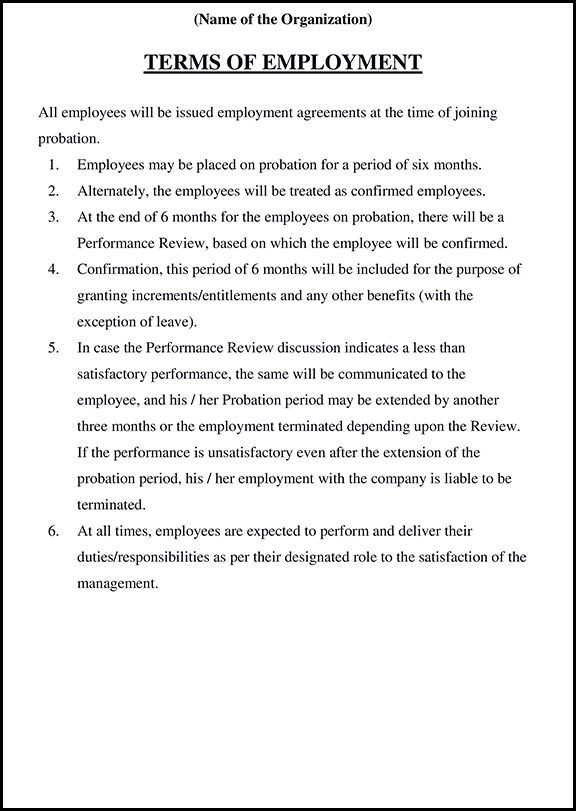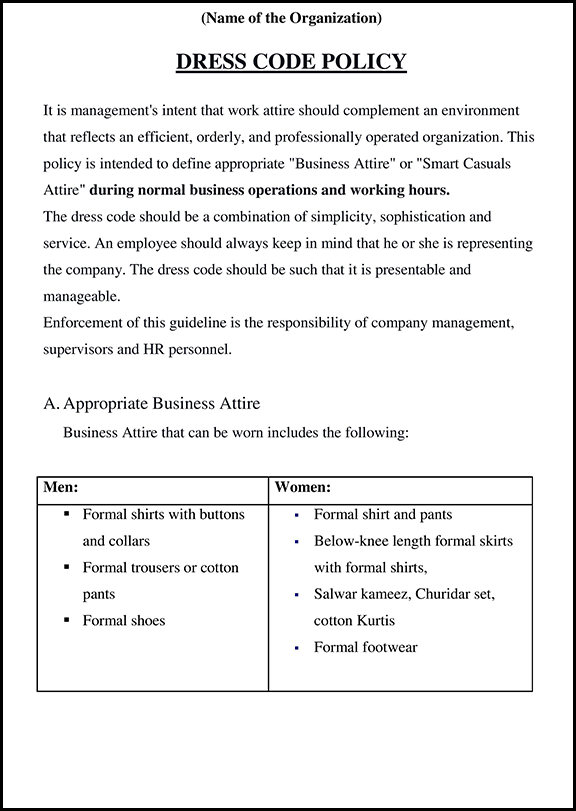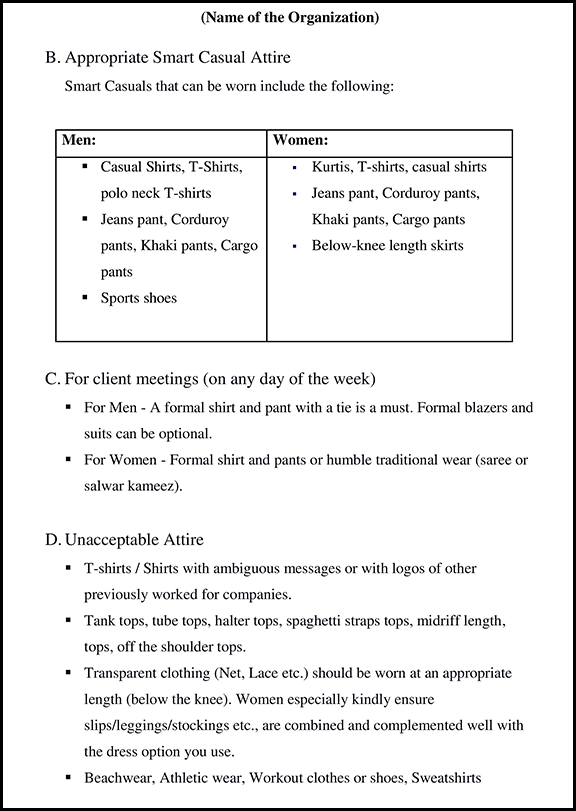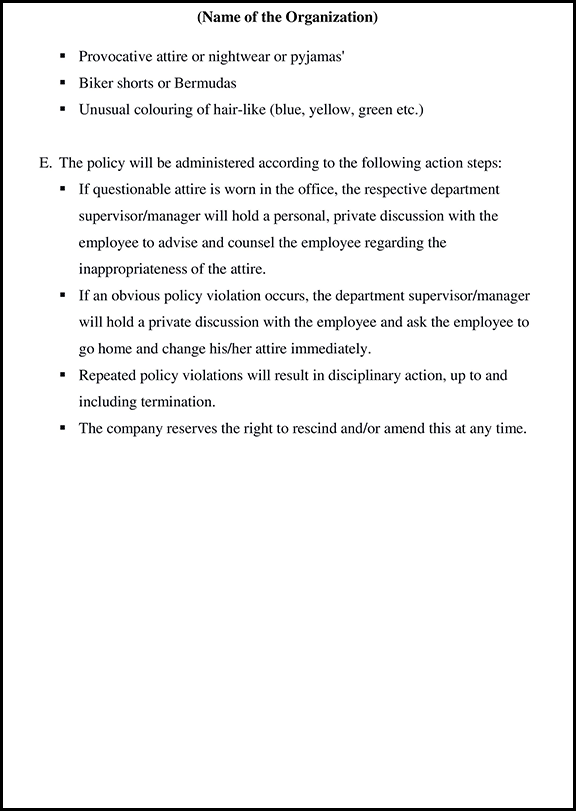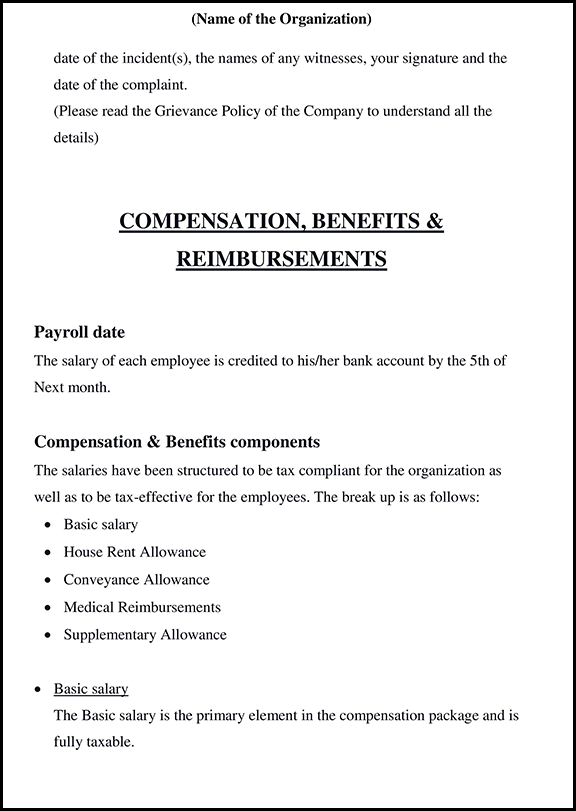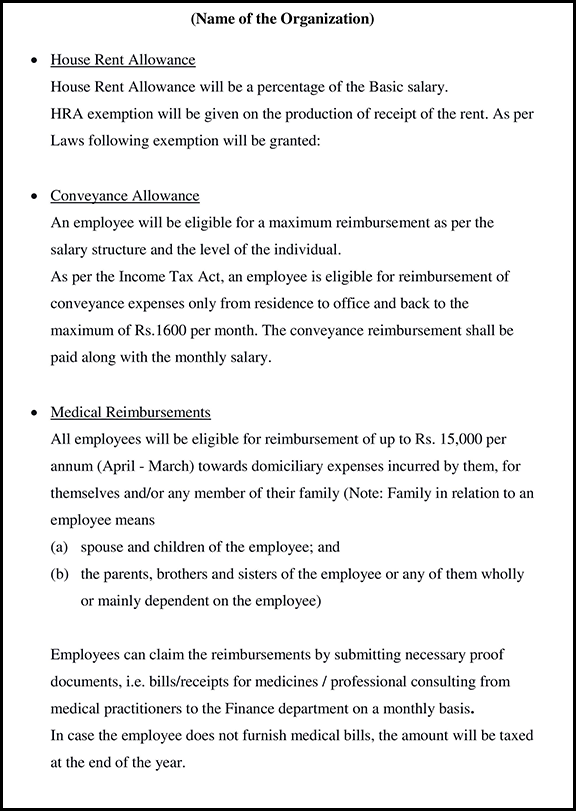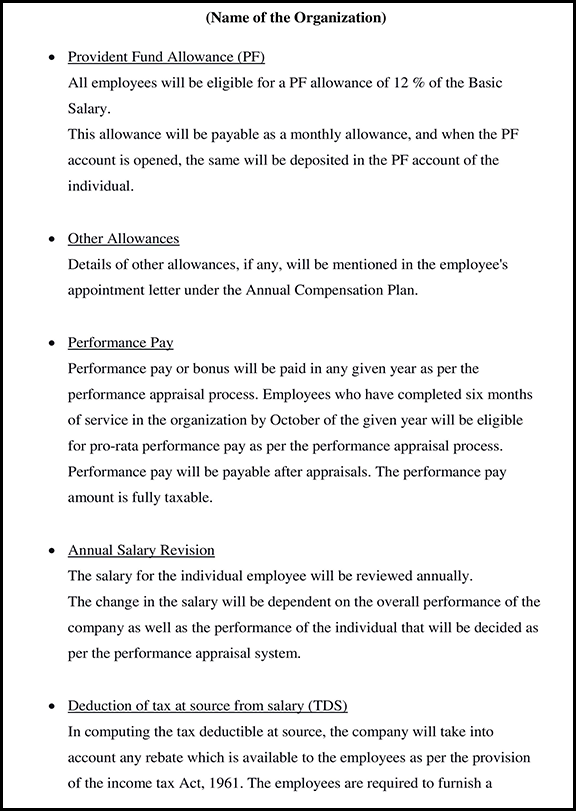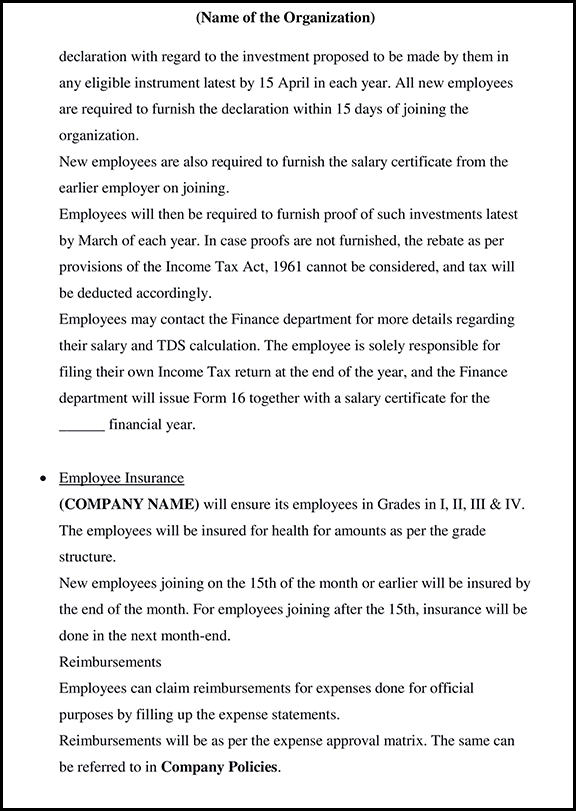In the realm of professional headshot photography, the quest for perfection is unending. Each shot must capture not just the physical appearance but also the essence and personality of the subject. In today’s digital age, where technology constantly pushes boundaries, Artificial Intelligence (AI) emerges as a transformative tool for photographers. This article delves into how AI is revolutionizing headshot photography, particularly in the realm of dynamic lighting effects, offering unprecedented creative possibilities for photographers and captivating results for clients.
Understanding Professional Headshots
Professional headshots are more than just snapshots; they are potent visual assets that convey a multitude of messages. Whether for corporate profiles, actor portfolios, or social media profiles, these images serve as the first impression for potential clients, employers, or collaborators. As such, they must exude professionalism, confidence, and authenticity, capturing the subject in their best light—literally and figuratively.
The Role of AI in Modern Photography:
Artificial Intelligence has permeated various facets of our lives, and photography is no exception. AI algorithms can analyze vast datasets of images, learning patterns and nuances that human photographers might overlook. This ability enables AI professional headshot generator to assist photographers in various tasks, from enhancing image quality to automating tedious processes. However, one of the most exciting applications of AI in photography is its capacity to manipulate lighting dynamically, transforming mundane shots into captivating masterpieces.
Dynamic Lighting Effects
Lighting is the cornerstone of photography, dictating mood, depth, and emphasis within an image. Traditionally, achieving dynamic lighting effects required intricate setups involving multiple light sources and meticulous adjustments. However, AI-powered tools now offer photographers the ability to create these effects with unprecedented ease and precision.
AI-Powered Lighting Solutions
Several software platforms leverage AI to revolutionize lighting adjustments in photography. These solutions analyze the composition of an image and intelligently manipulate light sources to enhance specific features or create desired effects. For professional headshot photographers, these tools offer a streamlined workflow and unparalleled creative control.
Benefits of AI-powered Lighting in Headshots
Beyond convenience, AI-powered lighting offers several advantages for both photographers and clients:
- Enhanced Consistency: AI algorithms ensure consistent lighting across multiple headshots, maintaining a professional and unified look for individuals or teams. This consistency is crucial for establishing brand identity and visual coherence in marketing materials and corporate communications.
- Efficient Workflow: By automating lighting adjustments, AI-powered solutions streamline the photography workflow, saving time and effort for photographers. This allows them to focus more on interacting with clients, composing shots, and capturing genuine expressions, rather than spending excessive time on technical adjustments.
- Reduced Post-Production Time: AI-powered lighting adjustments significantly reduce the time spent on post-processing tasks such as background removal and lighting corrections. This accelerated turnaround time enables photographers to deliver final images to clients more quickly, meeting tight deadlines and enhancing overall client satisfaction.
- Greater Creative Control: AI-generated lighting effects provide photographers with more creative freedom to explore different styles and experiment with lighting techniques. This flexibility allows photographers to tailor the lighting to suit the specific needs and preferences of each client, resulting in more personalized and impactful headshot portraits.
- Customizable Lighting Presets: AI-powered software offers customizable lighting presets that can be tailored to different shooting scenarios and aesthetic preferences. Photographers can save and reuse their preferred lighting setups, ensuring consistency and efficiency across multiple projects while also allowing for quick adjustments as needed.
- Adaptive Lighting Optimization: AI algorithms continuously learn and adapt based on feedback from photographers and image data. This adaptive approach enables the system to optimize lighting adjustments dynamically, ensuring consistent and high-quality results across a variety of subjects and shooting conditions.
- Improved Exposure Control: AI-powered lighting solutions can analyze image exposure levels and intelligently adjust lighting parameters to optimize exposure. This helps prevent overexposure or underexposure in headshot portraits, ensuring that every detail is captured accurately and effectively.
- Facial Recognition Integration: Advanced AI systems incorporate facial recognition technology to analyze facial geometry and features. This enables precise adjustments to lighting angles and intensity based on the subject’s unique characteristics, ensuring optimal illumination and visual appeal in every shot.
- Real-Time Feedback and Preview: Some AI-driven lighting solutions offer real-time adjustment capabilities, allowing photographers to fine-tune lighting parameters during the shoot. This interactive workflow empowers photographers to experiment with different lighting effects and instantly preview the results, enhancing creativity and efficiency on set.
- Conservation of Resources: AI-powered lighting adjustments can help photographers conserve resources such as studio space, equipment, and energy. By reducing the need for elaborate lighting setups and manual adjustments, photographers can achieve professional results with minimal resources, making headshot photography more accessible and sustainable.
- Remote Collaboration: AI-powered lighting solutions enable remote collaboration between photographers and clients, regardless of geographical distance. By sharing real-time previews and adjustments, photographers can collaborate with clients to fine-tune lighting setups and ensure that their vision is accurately translated into the final images.
- Versatility in Lighting Styles: AI-powered tools offer a wide range of lighting styles and effects that can be applied to headshot portraits. From soft and diffused lighting for corporate headshots to bold and dramatic lighting for creative portraits, photographers can easily switch between different lighting setups to achieve the desired mood and aesthetic.
- Conservation of Talent: AI-powered lighting adjustments can supplement the skills and expertise of photographers, particularly in complex lighting scenarios. By automating repetitive tasks and technical adjustments, AI allows photographers to focus on more creative and strategic aspects of their craft, maximizing their overall productivity and impact.
- Enhanced Client Experience: The ability to experiment with various lighting effects allows clients to actively participate in the creative process and express their preferences. This collaborative approach fosters a sense of ownership and satisfaction among clients, leading to a more positive and memorable photography experience.
- Competitive Advantage: By embracing AI-powered lighting solutions, photographers can differentiate themselves in a competitive market and offer innovative services that set them apart from traditional studios. This technological edge not only attracts new clients but also enhances the reputation and credibility of photographers as forward-thinking industry leaders.
Case Studies
To illustrate the impact of AI-driven lighting effects in professional headshots photography, let’s examine two hypothetical scenarios:
- Corporate Headshots for Executive Team: A photographer utilizes AI-powered lighting adjustments to capture headshots for an executive team. By enhancing each individual’s features, emphasizing authority and approachability, the resulting images exude professionalism and cohesion, positively reflecting on the company’s brand image.
- Actor Portfolios: In the competitive entertainment industry, actors rely on headshots to stand out. By leveraging AI for dynamic lighting effects, a photographer accentuates the unique qualities of each performer, enhancing their casting appeal. The resulting headshots capture attention and convey the versatility and charisma of the actors.
- Professional LinkedIn Profiles: A photographer offers AI-powered headshot services tailored for LinkedIn profiles. By optimizing lighting to convey professionalism and approachability, clients experience increased engagement and networking opportunities on the platform.
- Entrepreneurial Branding: An entrepreneur seeks headshots for their personal brand. AI-driven lighting adjustments enhance their image, aligning with their brand identity and conveying confidence and authenticity, ultimately strengthening their online presence and attracting opportunities.
- Creative Industry Professionals: Photographers, designers, and artists in creative industries require headshots that reflect their unique style and personality. With AI-powered lighting effects, photographers can customize lighting to suit the creative preferences and branding of their clients, ensuring their headshots stand out in competitive markets.
- Medical Professionals: Doctors, dentists, and other healthcare professionals rely on headshots for professional branding and patient trust. AI-driven lighting adjustments ensure a consistent, polished appearance across their marketing materials, instilling confidence in their expertise and care.
- Real Estate Agents: In the real estate industry, personal branding is crucial for establishing trust and credibility with clients. AI-powered lighting enhancements elevate headshots for real estate agents, portraying professionalism and approachability, which are essential for building client relationships and closing deals.
- Legal Professionals: Attorneys and legal professionals require headshots that convey authority and trustworthiness. AI-driven lighting adjustments enhance these qualities, ensuring their headshots make a strong first impression and inspire confidence in potential clients.
- Fitness Instructors: Fitness instructors and trainers often use headshots for promotional materials and online platforms. AI-powered lighting effects can emphasize their athleticism and energy, helping them connect with clients and attract followers interested in their fitness programs.
- Academic Profiles: Researchers, professors, and academic professionals use headshots for conference presentations, academic publications, and online profiles. AI-driven lighting adjustments ensure their headshots project professionalism and expertise, enhancing their credibility in their respective fields.
Exploring Advanced Lighting Techniques with AI
Beyond basic adjustments, AI-powered tools enable photographers to explore advanced lighting techniques previously reserved for seasoned professionals. Let’s delve deeper into some of these techniques:
- Rembrandt Lighting: Named after the renowned Dutch painter, Rembrandt lighting is characterized by a triangle of light on the subject’s cheek opposite the key light, with a small shadow under the nose. Achieving this classic portrait lighting setup traditionally required careful positioning of light sources and subjects. With AI, photographers can effortlessly emulate Rembrandt lighting, accentuating facial features and adding depth to headshots.
- Split Lighting: Split lighting divides the subject’s face into equal halves, with one side illuminated and the other in shadow, creating a dramatic and striking effect. AI algorithms can analyze facial geometry and intelligently position virtual light sources to achieve perfect split lighting, enhancing the mood and intensity of headshot portraits.
- Butterfly Lighting: Also known as paramount lighting, butterfly lighting is characterized by a symmetrical shadow under the nose, resembling a butterfly’s wings. This classic Hollywood lighting technique adds elegance and allure to headshot portraits. With AI-driven lighting adjustments, photographers can effortlessly replicate butterfly lighting, imbuing their images with a timeless cinematic quality.
- High-Key and Low-Key Lighting: High-key lighting involves illuminating the subject brightly against a white background, resulting in a soft and ethereal look ideal for corporate headshots and professional profiles. Conversely, low-key lighting creates a dramatic and moody atmosphere by emphasizing shadows and contrast. AI-powered lighting solutions allow photographers to seamlessly switch between high-key and low-key lighting setups, adapting to the desired mood and aesthetic of each headshot session.
- Low-Key Lighting Enhancement: Through AI-powered adjustments, photographers can enhance low-key lighting setups to create a dramatic and moody atmosphere. By emphasizing shadows and contrast, this technique adds depth and intensity to headshot portraits, evoking emotion and intrigue.
- Natural Light Replication: AI algorithms can analyze the characteristics of natural light and simulate its effects in controlled studio environments. This allows photographers to capture the warmth and softness of natural light without relying on external sources, providing versatility and flexibility in any shooting condition.
- Customizable Lighting Presets: AI-powered software offers customizable lighting presets tailored to specific shooting scenarios and artistic preferences. Photographers can access a range of pre-configured setups, from soft and diffused lighting for intimate portraits to bold and dramatic lighting for impactful headshots.
- Facial Recognition Integration: Advanced AI systems incorporate facial recognition technology to analyze facial geometry and features. This enables precise adjustments to lighting angles and intensity based on the subject’s unique characteristics, ensuring optimal illumination and visual appeal in every shot.
- Real-Time Lighting Adjustments: Some AI-driven lighting solutions offer real-time adjustment capabilities, allowing photographers to fine-tune lighting parameters during the shoot. This interactive workflow empowers photographers to experiment with different lighting effects and instantly preview the results, enhancing creativity and efficiency on set.
- Virtual Light Source Placement: AI algorithms intelligently place virtual light sources within the digital environment to achieve desired lighting effects. By simulating the behavior of physical light sources, photographers can control the direction, intensity, and quality of light with precision, enhancing the overall aesthetics of the portrait.
- Adaptive Lighting Optimization: AI continuously learns and adapts based on feedback from photographers and image data. This adaptive approach enables the system to optimize lighting adjustments dynamically, ensuring consistent and high-quality results across a variety of subjects and shooting conditions.
- Artificial Intelligence for Color Grading: In addition to lighting adjustments, AI-powered tools can perform advanced color grading techniques to enhance the mood and atmosphere of headshot portraits. By analyzing color relationships and tonal balance, AI algorithms can harmonize tones, intensify contrast, and create visually compelling images with rich and vibrant colors.
- Multi-Light Setup Simulation: AI can simulate the effects of complex multi-light setups commonly used in studio photography. By intelligently coordinating multiple virtual light sources, photographers can achieve sophisticated lighting arrangements with ease, including rim lighting, fill lighting, and accent lighting, to sculpt and define the subject’s features.
- HDR Lighting Rendering: AI-driven HDR (High Dynamic Range) lighting techniques expand the dynamic range of headshot portraits, preserving detail in both highlights and shadows. This enables photographers to capture scenes with a wide range of luminance levels, resulting in images with greater depth, clarity, and realism.
- Creative Lighting Effects Generation: Beyond traditional lighting techniques, AI empowers photographers to explore unconventional and experimental lighting effects. By leveraging generative models and creative algorithms, photographers can push the boundaries of artistic expression, producing unique and visually stunning headshot portraits that defy conventional norms and spark imagination.
Future Implications and Ethical Considerations:
As AI continues to advance, its role in photography will evolve, presenting both opportunities and challenges. While AI-powered lighting solutions offer undeniable benefits, questions regarding artistic integrity and job displacement arise. It’s crucial for photographers to embrace AI as a tool for augmentation rather than replacement, preserving their creative vision while harnessing the efficiency and innovation AI brings.
Conclusion
In the dynamic landscape of professional headshot photography, AI emerges as a game-changer, offering photographers unprecedented control over lighting effects. By harnessing AI-powered solutions, photographers can elevate their craft, delivering stunning headshots that captivate audiences and leave a lasting impression. As technology continues to evolve, embracing AI becomes not just a choice but a necessity for photographers striving for excellence in their work.
With AI as their ally, professional headshot photographers can illuminate their subjects with creativity, precision, and undeniable impact, ushering in a new era of visual storytelling and artistic expression.




